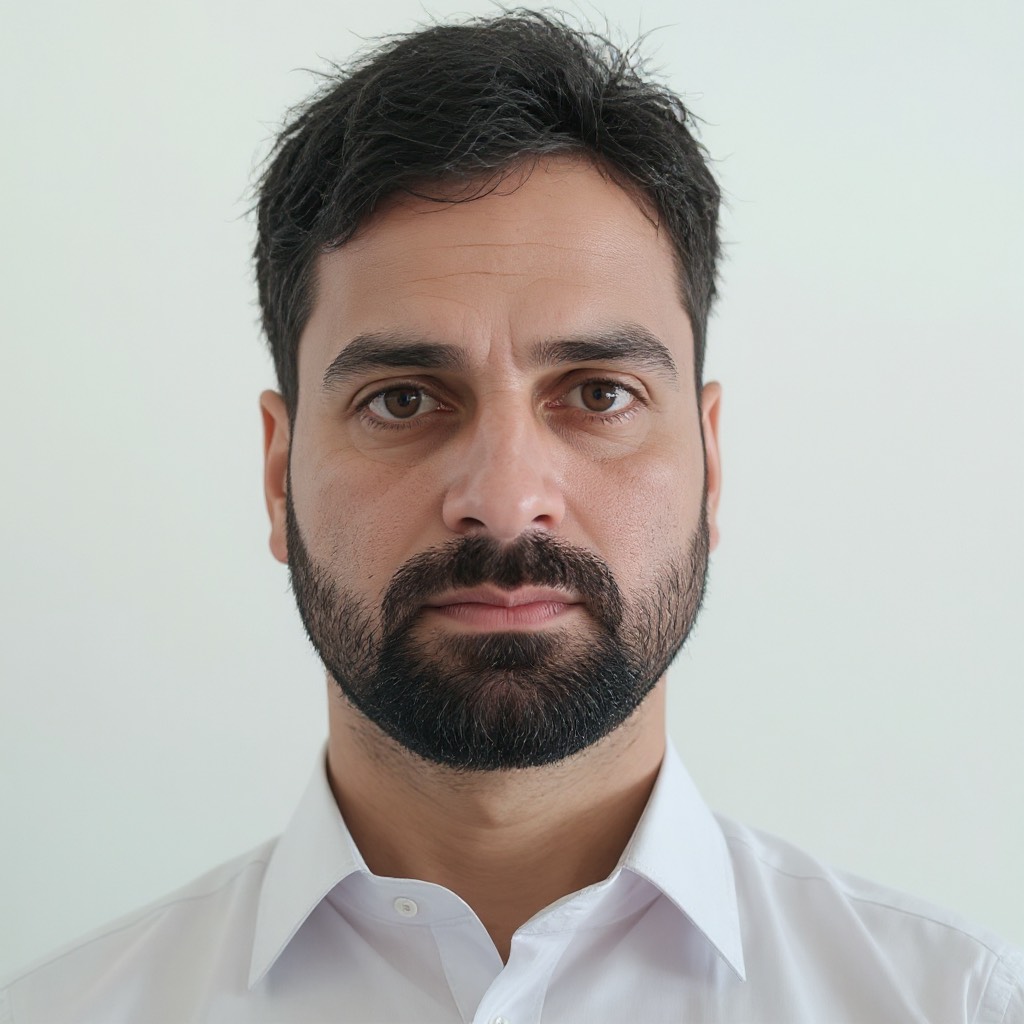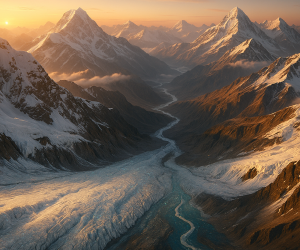
The Jhelum fuels jobs and construction, but is relentless sand mining destroying the river? Explore the fight for a lifeline’s future.
End of Content.
Get the latest creative news from us about politics, business, sport and travel
End of Content.
Dr. Shahid Ahmad Dar is a National Post Doctoral Fellow (N-PDF) currently affiliated with the Department of Civil Engineering at the National Institute of Technology (NIT) Srinagar. He earned his Ph.D. from the University of Kashmir, where his research focused on wetland ecosystems, particularly in the ecologically sensitive Kashmir Himalaya. His academic and research interests span land use and land cover change, water quality assessment, urban wetland degradation, and climate-induced environmental stressors in high-altitude regions. Dr. Dar has contributed extensively to the understanding of human-environment interactions in the Himalayan landscape, with several publications in peer-reviewed journals. He has participated in interdisciplinary projects involving spatial analysis, environmental monitoring, and ecosystem conservation. His current work, funded by the Department of Science and Technology (DST-SERB), focuses on emerging threats such as microplastic pollution in alpine lakes and glaciers, combining field-based studies with modeling approaches.

Dr. Shahid Ahmad Dar is a National Post Doctoral Fellow (N-PDF) currently affiliated with the Department of Civil Engineering at the National Institute of Technology (NIT) Srinagar. He earned his Ph.D. from the University of Kashmir, where his research focused on wetland ecosystems, particularly in the ecologically sensitive Kashmir Himalaya. His academic and research interests span land use and land cover change, water quality assessment, urban wetland degradation, and climate-induced environmental stressors in high-altitude regions.
Dr. Dar has contributed extensively to the understanding of human-environment interactions in the Himalayan landscape, with several publications in peer-reviewed journals. He has participated in interdisciplinary projects involving spatial analysis, environmental monitoring, and ecosystem conservation. His current work, funded by the Department of Science and Technology (DST-SERB), focuses on emerging threats such as microplastic pollution in alpine lakes and glaciers, combining field-based studies with modeling approaches.

The Jhelum fuels jobs and construction, but is relentless sand mining destroying the river? Explore the fight for a lifeline’s future.

Can tiny plastic fragments in snow and ice speed up melting and disrupt life downstream for millions who rely on the Hindu Kush Himalayas?